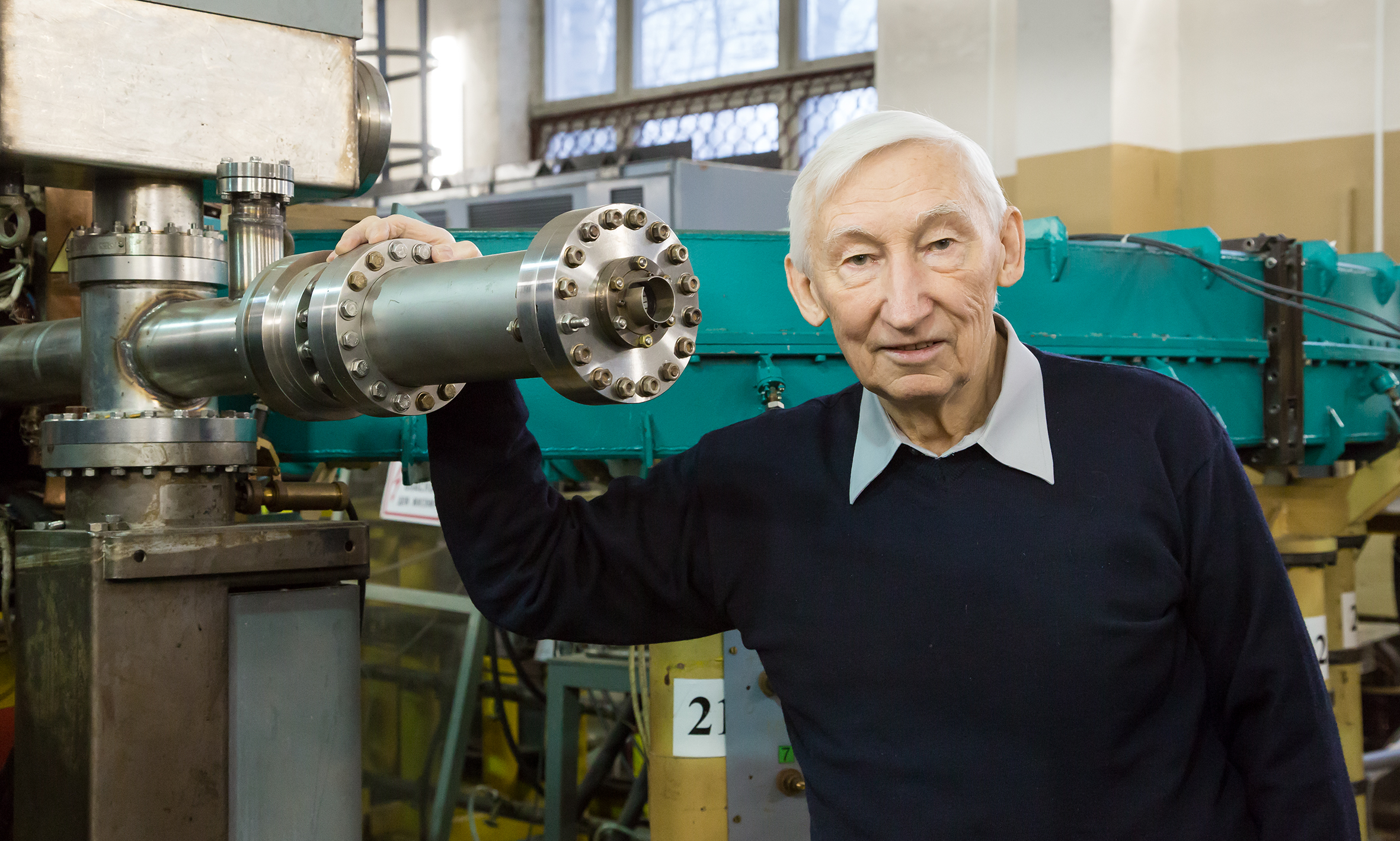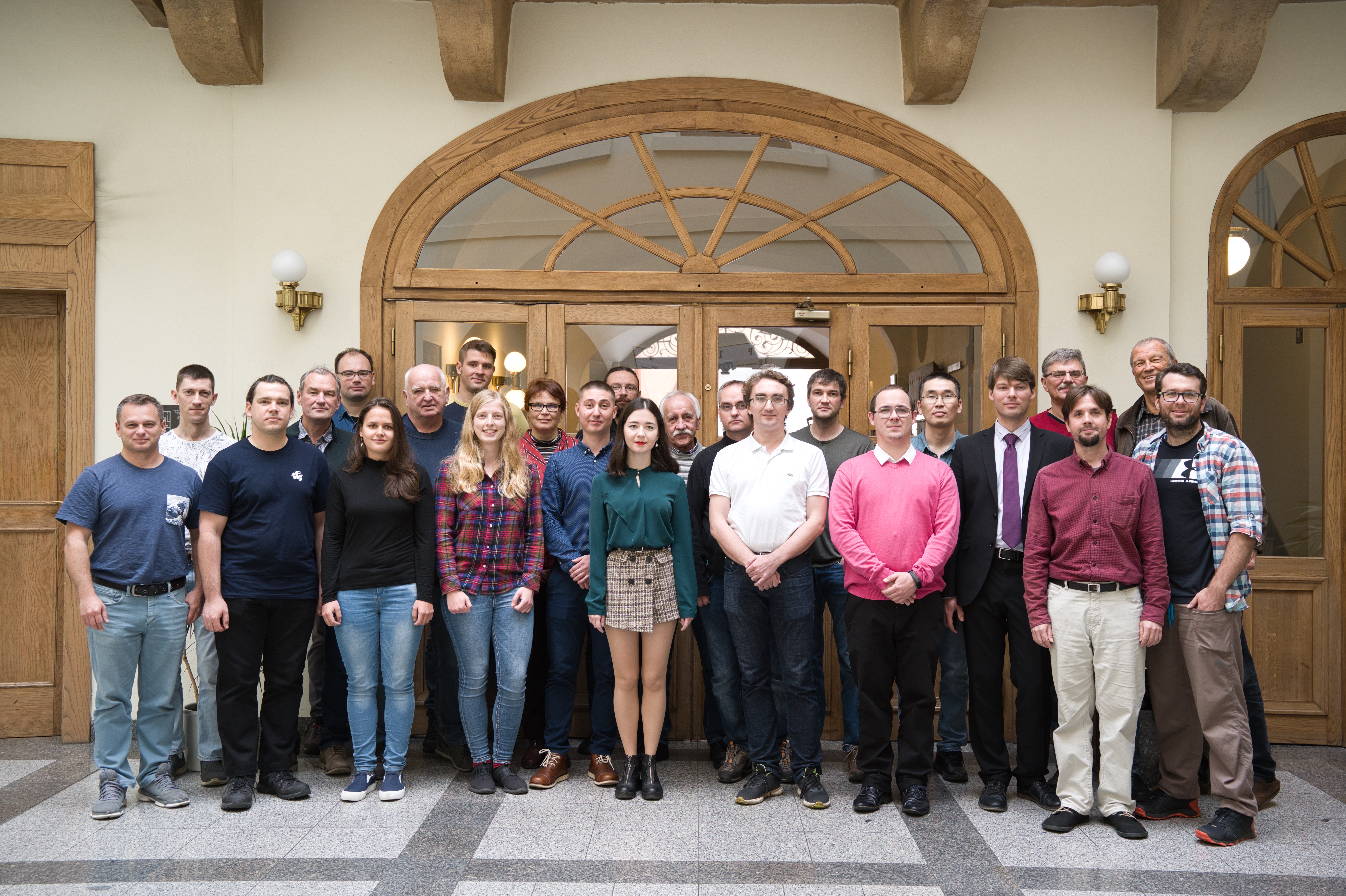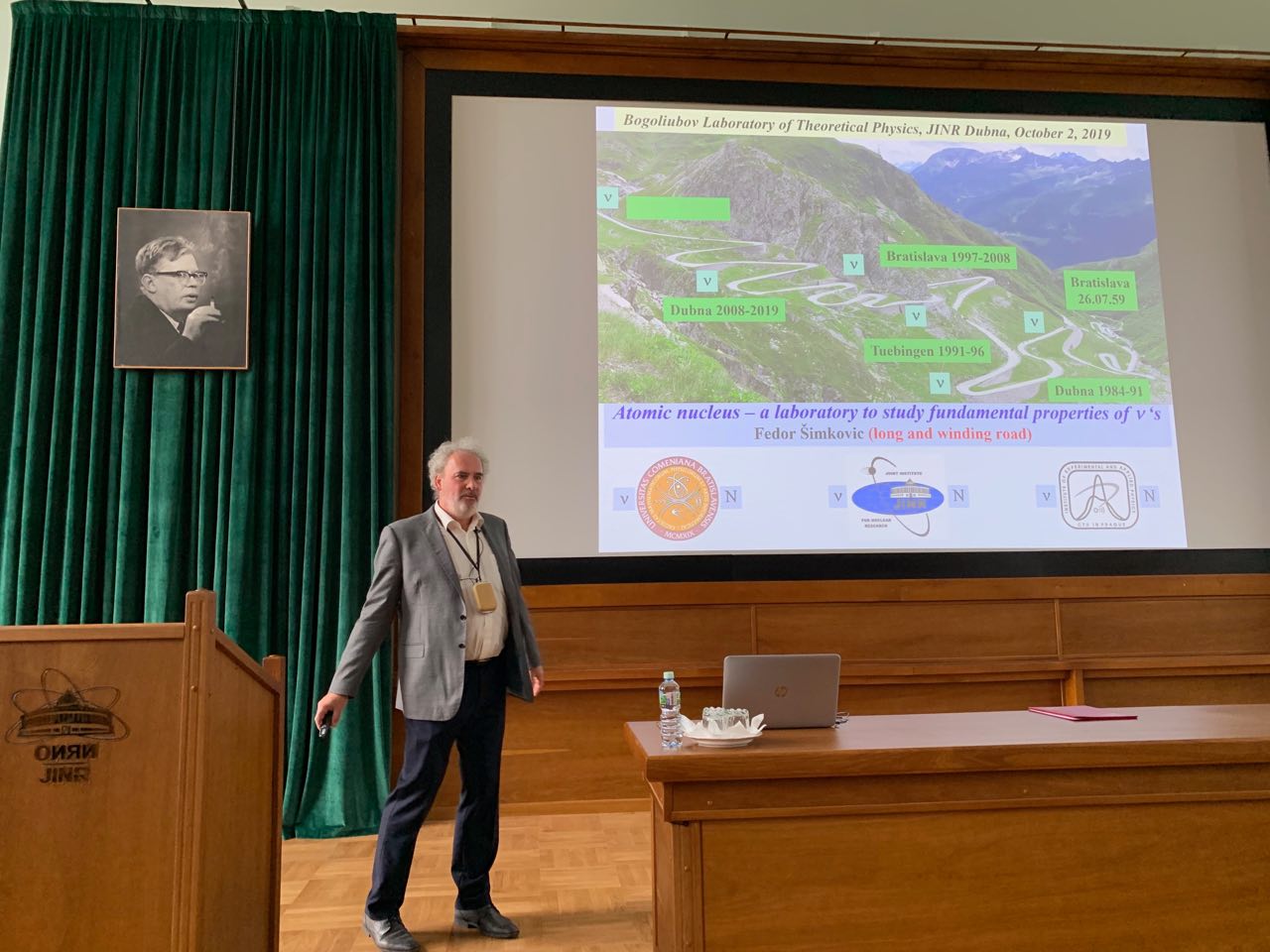News
11.12.2019
Applicability limits of the Standard Model (SM) of electroweak interactions and search for novel phenomena beyond the SM which indicate existence of new physics are issues of great importance in modern Elementary Particle Physics. Along with the search for and investigations of new processes at the recently created accelerators, the signals of this new physics could be found during a close high-precision research of well-known processes, including rare ones.
26.11.2019
Machine Learning algorithms, especially the computational intense artificial neural networks, have shown great success in the analysis and prediction of big data sets in recent years. This has driven the development of a data analysis ecosystem in Python, which lead to the appearance of several deep learning libraries, TensorFlow being one of the most prominent ones. Those frameworks specialize on efficient, large scale numerical computations while being lightweight to use. While their main purpose is the building and training of neural networks, they are also used in a wider array of computational intense tasks. An example of such is likelihood model fitting in High Energy Physics as done by the zfit project and other libraries.
12.11.2019
This week, new members of the Russian Academy of Sciences were elected. The title of the RAS Academician was awarded to a senior researcher of the Electron Cooling Sector of our Laboratory, a RAS corresponding member, Professor Igor Nikolayevich Meshkov.
Igor Nikolayevich Meshkov is a world-famous scientist in the field of charged-particle beam physics, accelerator physics and equipment, high-energy physics, plasma physics and radiation methods of material treatment. He became renowned for the discovery and development of the electron cooling method. He first began his studies at the Institute of Nuclear Physics of the Siberian Branch of the Russian Academy of Sciences (SB RAS) where he grew from a senior lab assistant to the head of the laboratory. His investigations were continued both at the SB RAS Centre of Physics and Technology established under his leadership in Lipetsk and at the Joint Institute for Nuclear Research in Dubna.
His ideas and inventions are still in use within charge-particle storage rings with electron cooling at different facilities. He participated in the development of the electron cooling system and in the experiments at the LEAR antiproton storage ring at CERN (Switzerland), at Fermilab (US), at the COSY synchrotron at the Research Centre in Jülich (Germany), and at the HIMAC medical synchrotron in Japan. For his pioneering studies in the area of cooling, I.N. Meshkov was awarded the State Prize of the Russian Federation.
06.11.2019
Authors: V.I. Komarov, B. Baymurzinova, A. Kunsafina, D.A. Tsirkov (Dzhelepov Laboratory of Nuclear Problems, JINR).The nucleon collisions with the impact parameter less than the radius of the nucleon quark core were discussed at the seminar. The selection criteria of these collisions from the full data set in nucleon-nucleon interaction events were proposed.
30.10.2019
At the seminar, the computation of the full one-loop electroweak radiation correction for the process e+e-\to Z\gamma in the ARIeL project is presented. The calculations were done taking into account all the masses. The polarization effects in the experiments CLIC, ILC, FCC-ee, CEPC by the generator MCSANCee are evaluated.
29.10.2019
MAGIC (Major Atmospheric Gamma Imaging Cherenkov) is a system of two 17 m diameter, Imaging Atmospheric Cherenkov Telescopes (IACT). They are dedicated to the observation of the very high energy (VHE) gamma ray from galactic and extragalactic sources in the range from 30 GeV to 100 TeV. The telescopes are located at a height of 2200 m a.s.l. on the Roque de los Muchachos European Northern Observatory on the Canary Island of La Palma. The first telescope started the scientific observations in 2004. The commissioning of second telescope has been finished in 2009. The use of the two telescopes provided a significant increase of the sensitivity due to stronger background rejection. The energy and angular resolutions have been improved, mainly due to the higher precision of the three-dimensional reconstruction of air shower impact point and its incoming direction.
23.10.2019
Differential cross sections of the reactions pn → pp_{S} + π^{−} and pp → pp_{S} + π^{0} with the energy of 0.8 GeV in the region of small forward angles were discussed. Here, “ppS” denotes a proton pair with low excitation energy Epp, less than 3 MeV. It turned out that the cross section of the reaction pn → ppS + π- is almost 60 times smaller than that of the reaction pp → ppS + π0. The meaning and different interpretations of this result were considered. These data were obtained from the ANKE facility, COSY, Jülich, Germany.
16.10.2019
Today, on 16 October 2019, the scheduled training session on actions during fire emergency for the staff members of the Scientific and Experimental Department of Elementary Particle Physics (SEDEPP) and the Sector of Intermediate Energy Physics/the Sector of Rare Processes (SIEP/SRP) took place in Building 3. The training led by senior health and safety engineer Dmitry Malov was held according to the plan. The first step was the instruction on accident prevention delivered for the staff members in the conference hall. The second one was the discovering of a fire in the meeting room (Do not panic! Just a training!) by the senior inspector of SEDEPP. She called the fire brigade (Phone number: 216-45-01) and asked the girl, who was passing by, to activate the fire alarm. Meanwhile, the secretary of SIEP/SRP reported the incident to the DLNP electricians (Phone number: 216-24-21) to make them de-energize the Building 3. After fire alarm activation, the staff members left their working place. At the same time, the head of the Department of Accelerator Neutrinos checked the rooms, not letting anyone to stay in; appointed three responsible representatives to control the main and two emergency exits and prevent in this way the entering “the building on fire” by unexpected guests. Afterwards he reported the total evacuation to the arrived fire brigade. The final step presented the most exciting event of the safety session – the use of an extinguisher to fight a fire. Tomorrow, the training session will start as previously planned in Building 4.
09.10.2019
According to the suggestion for project prolongation, the significance of the experiments on searching for lepton number violations in the charged lepton sector µ→eγ and conversion of a muon to an electron in the nucleus field µN→eN was discussed. The status and prospects of the Mu2e (Fermilab) and MEG-II (PSI) experiments were considered, as well as the contribution of the DLNP staff members to the development of the electromagnetic calorimeter, muon veto system (Mu2e), drift chamber and data-taking system (MEG-II). The upcoming participation of the DLNP staff members in the Mu2e, COMET (J-PARC) and MEG-II experiments was also discussed.
02.10.2019
Slovakia is a picturesque country, surrounded by mountains and crossed by rivers springing in the Carpathian. Slovakia gave birth to many great people, such as Andy Warhol – the Pop-Art creator, or Žigmund Pálffi – the ice hockey player of both the national team of Slovakia and “Los Angeles Kings”. The today’s jubilarian – Fyodor Shimkovits – presents the scientific branch of the Slovak team of eminent persons.
Fyodor rushed into the scientific elite from the left flank to the very middle of the scientific life - to the town of scientific feats and technological progress, to Dubna. In the pairing with Samuil Michelevich Bilenky, with other physicists, or alone he scored many goals in scientific journals all over the world. He became famous.
01.10.2019
The Lab’s Seminar 01.10.2019 by Mikhail Nikolayevich Omelyanenko “Magnetic Technology Applications in Biology” was devoted both to the 50th anniversary of the beginning of projects on magnetobiology at DLNP JINR and to the 95th date of birth of Dr. in Ph. and Math. Sc. V.I. Danilov.













